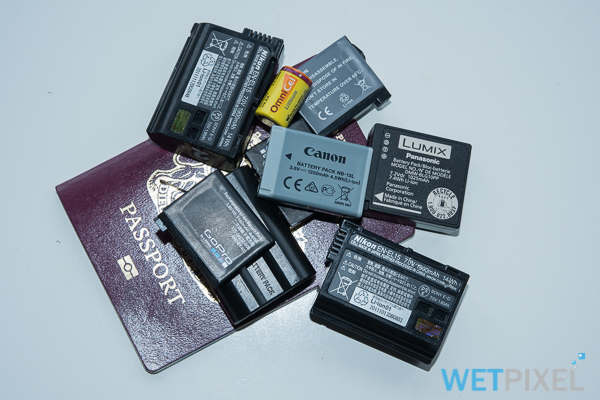FAA issues rules on lithium battery carriage

New guidelines for the transportation of lithium batteries by airlines have been issued. On 8 October, The U.S. Federal Aviation Administration (FAA) has issued a notice effectively prohibiting the carriage of “spare” Lithium batteries in checked baggage. “Spare” refers to batteries not installed within a portable electric device like laptop or tablet batteries. Any spare batteries must be carried in carry-on baggage, their terminals must be “individually protected” to prevent short circuits and there must packed so as not be able to come into contact with other metal objects.
The text of the new regulations from the FAA:
Although the effects of this are currently limited to flights in or out of the U.S. or on U.S. based carriers, it is likely that these guidelines will extend to other regions and airlines too. It will be wise to check with your airline at the time of booking what their current policy is.
Current rules also stipulate the capacity of batteries that may be carried: “For a lithium ion battery, the Watt-hour rating must not exceed 100 Wh. With the approval of the operator, portable electronic devices may contain lithium ion batteries exceeding 100 Wh, but not exceeding 160 Wh and no more than two individually protected lithium ion batteries each exceeding 100 Wh, but not exceeding 160 Wh, may be carried per person as spare batteries in carry-on baggage.”
Practically, if you have lithium batteries that 100Wh, you can carry up to three (2 spares and 1 in the device) batteries in your carry-on. If your batteries are over 100Wh, but less than 160Wh, you must seek the approval of the carrier to do so. Practically most SLR and still camera batteries fall well within this limit (Nikon EN-EL15 are 14Wh, Canon LP-E6N is 19.2Wh), but larger video camera batteries may well get close or exceed it.